top of page

Lampara Reads is a collection of Filipino and English decodable text books for young readers, developed by Lampara Books.


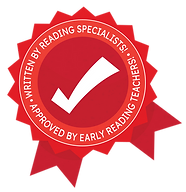
The texts for beginning reading instruction include leveled readers.
Leveled readers are a set of stories and informational materials that use words that are spelled with a specific set of letters and follow a specific sequence. This makes each text accessible for young learners to read after they have been taught to identify and sound out the letters used for a given text.
The books are leveled for two main functions. The first is to introduce the target letter sounds or word patterns. The second is to reinforce the letter sounds or word patterns taught. These functions highlight the flexibility of the books as they can both be an introductory text or a supplementary material. Usually, highly decodable texts function as a practice material for children who are developing their skills in word reading and fluency.



LEVEL A
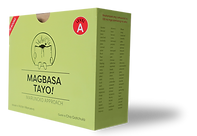
Pagkilala sa mga Titik
LEVEL B

Pagbabalik-aral sa mga Natutuhang Titik
LEVEL C
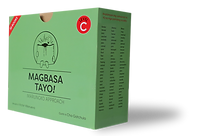
Pagpapakilala sa mas Mahahabang Salita
LEVEL D
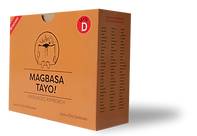
Higit na Pagpapalawak ng Bokabularyo
LEVEL E

Pagtuklas sa Imahinasyon at Katotohanan

LEVEL A

Learning the Letters
LEVEL B

Consonant Vowel-Consonant Words
LEVEL C

Ending Consonant Blends and Digraphs
LEVEL D
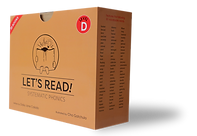
Initial Consonant Blends
and Digraphs
LEVEL E

Long Vowels and Diphthongs

PARENT TIP:
The vocabulary words can be read and spelled by the learners. In doing so, they practice and master letter-sound correspondence. As most of these words are sight words, a certain technique needs to be used to spell them with ease.
One way to spell the words easily is to use the heart part technique. In this technique, words are analyzed based on the sounds that can be heard from the word (phonemes). For example, in the word about, there are four distinct sounds: /a/, /b/, /aw/, and /t/. The sounds of the letters a, b, and t are represented by how these letters are actually sounded out. The letters o and u make up the /aw/ sound. This is considered the heart part of the word. This means that this part of the word needs to be remembered by heart, as the sound is not represented by an individual letter but a combination of two letters.
FEATURES
· Decoding/Fluency
· Listening
· Reading
· Comprehension skills
· Vocabulary
· Contextualized content
a) Pay attention to their environment
b) Engage in activities learners can relate to
· Schema activation
· Writing skills
· Oral language drills
BENEFITS
· Strong, solid,
narrative structure
· Develop their abilities
to make sense of stories
· Use of stories and strategic
actions that teach values
to develop emotional skills
and promote life lessons





FAQS
Frequently Asked Questions
bottom of page





